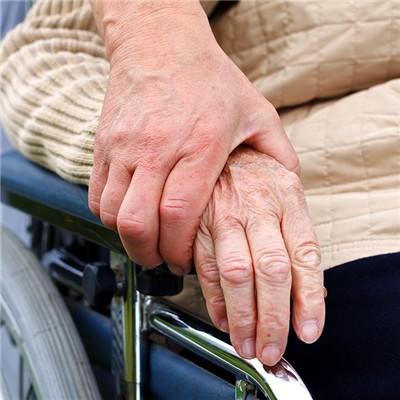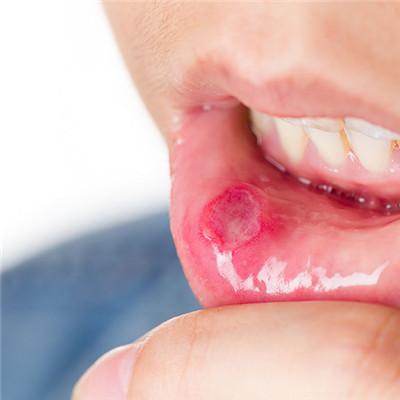Symptoms of hepatitis D?
summary
Hepatitis D is an infectious disease caused by hepatitis D virus (HDV) and hepatitis B virus. The prevalence of the disease is worldwide, especially in southern Italy. The prevalence of HBsAg is high in developing countries, which has the basis of causing HDV infection. In China, the prevalence of HDV was 0% ~ 32% in HBsAg positive people. Generally speaking, the prevalence of HDV in the North was lower than that in the south. HDV infection in patients with severe hepatitis and chronic liver disease was significantly higher than that in asymptomatic HBsAg carriers. Symptoms of hepatitis D? Let's talk about it.
Symptoms of hepatitis D?
1. The co infection of HDV and HBV was seen in the past without HDV infection, and the co infection of HDV and HBV showed acute hepatitis D. The clinical symptoms were similar to those of acute hepatitis B. bilirubin and ALT increased twice in the course of the disease. HBsAg first appeared in serum, then HDAg was positive in liver. In acute stage, HDAg positive in serum turned negative after several days, and then anti hdigm positive, with short duration and low titer. Anti hdigg was negative.
2. The clinical manifestations of superinfection of HDV and HBV are various, which can be similar to acute hepatitis, chronic hepatitis and severe hepatitis. It is more common in patients with chronic HBV infection, whose symptoms mainly depend on whether they are chronic HBsAg carriers or chronic hepatitis B patients before HDV infection. In the case of HBsAg carriers, HDV infection may lead to acute HBsAg positive hepatitis, but anti hbvigm negative, which is more severe than simple HBV infection. In the case of chronic hepatitis B, due to the persistent infection of HBV and the replication of HDV, the pathological changes of the existing liver tissue are aggravated, which can be manifested as acute attack of hepatitis, or accelerated development to chronic active liver and cirrhosis. Therefore, in the case of chronic hepatitis B, the original condition is stable, the symptoms suddenly worsen, and even liver failure, which is similar to severe hepatitis, should be considered as the possibility of superinfection of HDV.
3. The specific serum etiology examination included HBsAg, anti HBS, HBeAg, anti HBE, anti HBC and anti hbcigm. HBV-DNA, dna-p, pre-S1 and pre-S2 can be detected if possible.
matters needing attention
1. strictly screening blood donors to ensure the quality of blood and blood products is an effective way to reduce the incidence rate of hepatitis D after blood transfusion. 2. It is a powerful measure to eliminate HBsAg carrying status and a feasible method to control HDV infection to vaccinate HBV susceptible people extensively. 3. Strictly implement the disinfection and isolation system, aseptic technical operation, and implement one-time medical appliances for acupuncture and injection, or one-time disinfection, to prevent iatrogenic transmission.
















